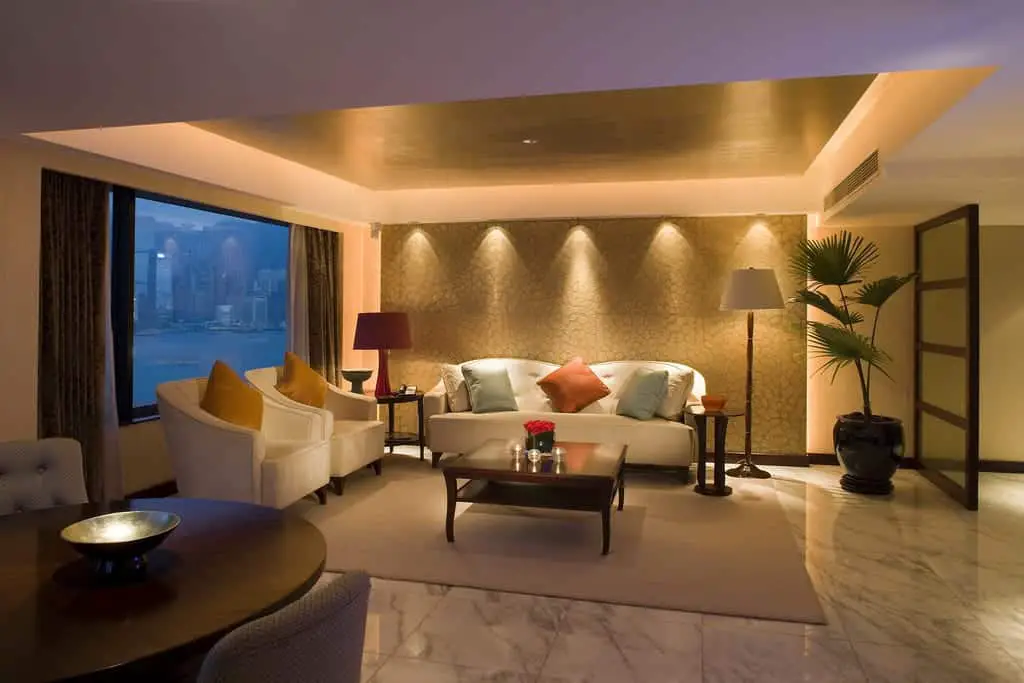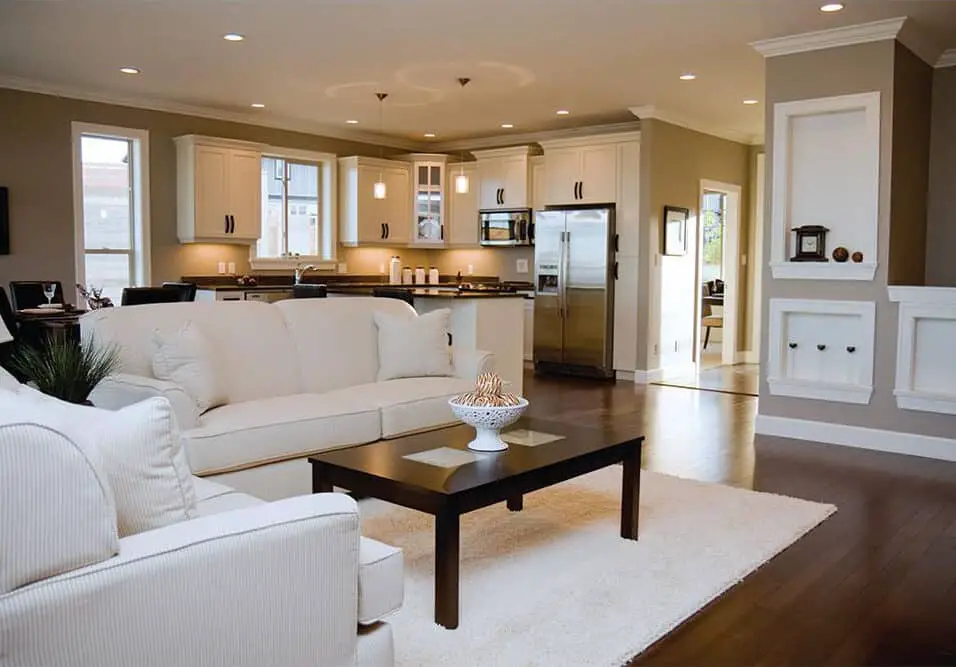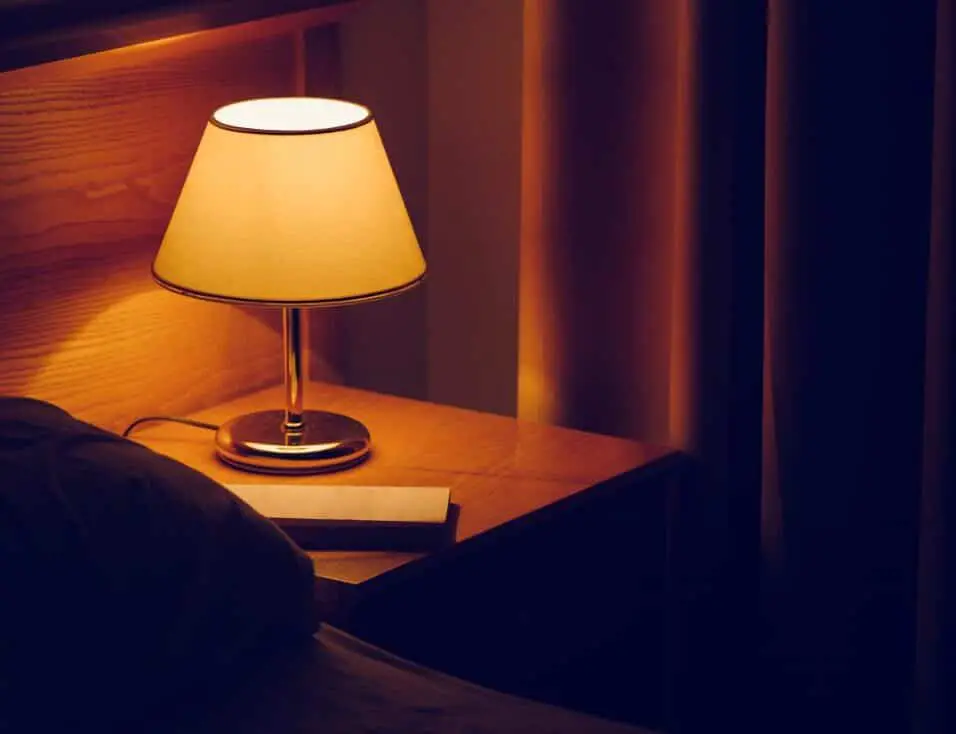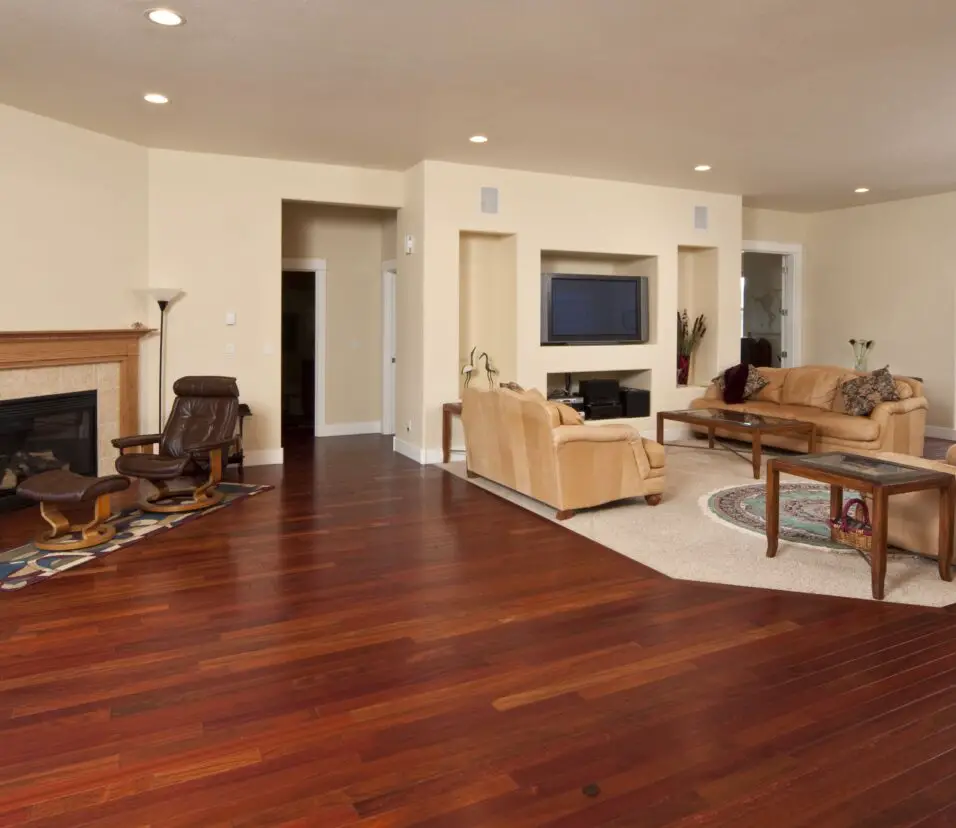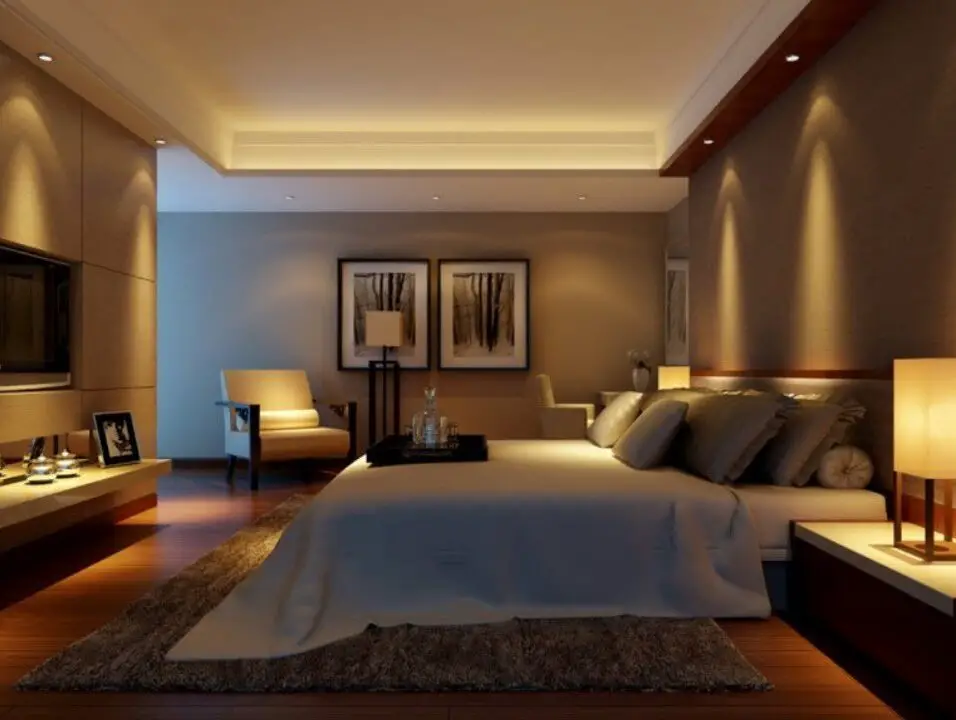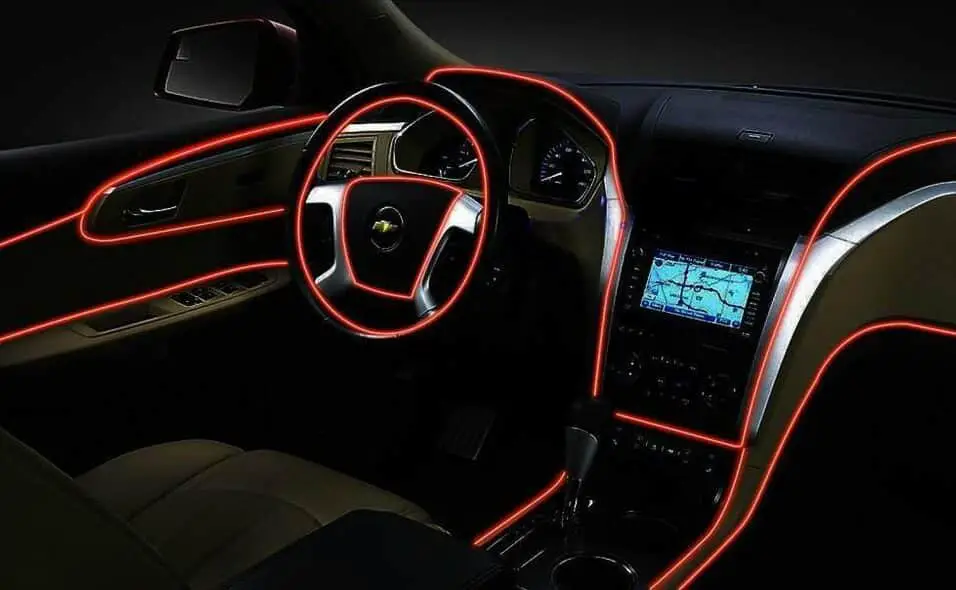What Are Interior Lights
Introduction
What Are Interior Lights: Interior lights are an essential component of any space, whether it be a home, office, or commercial establishment. These lights serve the purpose of illuminating the interior of a room, creating a welcoming and comfortable atmosphere. They come in various forms, including ceiling lights, wall sconces, table lamps, and floor lamps, each designed to provide a specific type of lighting and enhance the overall aesthetic of the space.
Interior lights are very important for setting the tone and mood of a room. They can be used to make a warm and cozy space for relaxing or a bright and lively space for getting work done. It’s important to think carefully about the design and placement of indoor lights because the type of lighting you choose can have a big effect on how a room feels overall.
One of the main jobs of indoor lights is to make sure that there is enough light to do everyday things. There are a lot of desk lamps, under-cabinet lights, and movable floor lamps that give off this kind of light.
In addition to their functional purposes, interior lights also serve as decorative elements in a space. They can be used to highlight architectural features, artwork, or furniture, adding visual interest and enhancing the overall design scheme. Pendant lights, chandeliers, and wall sconces are popular choices for adding a touch of elegance and style to a room.
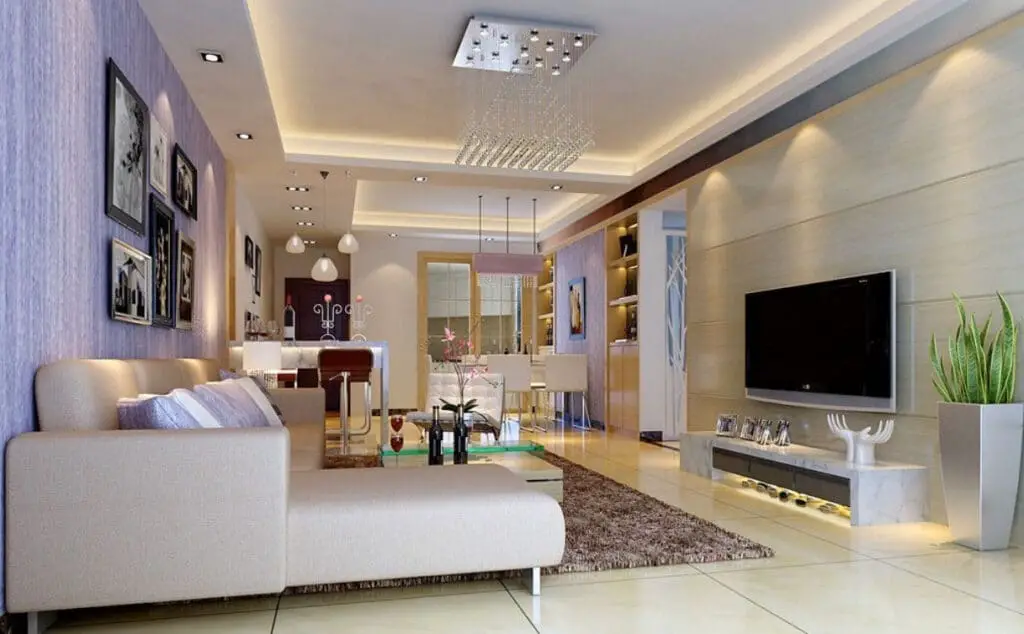
What is the definition of interior lights?
Interior lights brighten a structure or car. Interior lights include hanging, chandelier, recessed, track, ceiling, and floor lamps. The job and accessible power sources determine whether they use batteries, electricity, or the sun.
Interior lights’ main job is to make sure there is enough light for different activities that happen inside a building or a car. They make it easier for people to see and move around in space, do chores, and enjoy social or recreational activities. Interior lights do more than just provide light; they also add to the general look and feel of the room.
When it comes to their function and design
Interior lights can be put into different groups. The purpose of task lighting is to provide focused and limited light for certain activities, like working, reading, or cooking. When you use ambient lighting, you give the whole room a general, even amount of light.
Inside lights are more adaptable, use less energy, and are easier to change as lighting technology has improved. There are also more smart lighting solutions now than there were a few years ago. You can change the colors and amounts of light with these or control them from afar.
What is the purpose of the interior lights?
It means any main source of light that is used to make a room brighter and lighter overall. These kinds of lights meet the basic needs for lighting. They make objects and walls look brighter and bring life into any room. For this, recessed ceiling lights or accent pendants work well.
Having internal lights in a car is important for making the inside of the car brighter and easier to see. Most of the time, these lights are on the top of the car, and you can turn them on and off by hand or automatically.
Interior lights serve several important functions:
1. Visibility: One of the main purposes of interior lights is to provide visibility inside the car, especially during nighttime or in dark conditions. They help passengers locate items, read maps or books, and see the controls and instruments on the dashboard.
2. Safety: Interior lights also play a crucial role in ensuring the safety of the occupants. They allow passengers to easily locate and fasten their seatbelts, find the door handles and locks, and exit the vehicle in emergency situations.
3. Convenience: Interior lights make it more convenient for passengers to perform various tasks inside the car. For example, they enable passengers to find and use the cup holders, adjust the climate control settings, or plug in electronic devices.
4. Ambiance: In addition to their functional purposes, interior lights can also enhance the ambiance and aesthetics of the car’s interior. Many modern vehicles offer customizable interior lighting options, allowing drivers to choose different colors and intensities to create a desired mood or atmosphere.
5. Energy efficiency: With advancements in technology, interior lights have become more energy-efficient. Many vehicles now use LED lights, which consume less power and have a longer lifespan compared to traditional incandescent bulbs. This helps reduce the overall energy consumption of the vehicle.
What is interior lighting called?
Types of Interior Light. The five main types of interior lighting are: general, ambient, mood, task and accent. Some lights can fit into a few types (depending on their placement, brightness and use) but a general understanding of each individual type of lighting can be very helpful in planning an effective scheme.
Interior lighting is an essential aspect of any space, whether it is a home, office, or commercial establishment. It not only serves the practical purpose of providing illumination but also plays a crucial role in creating the desired ambiance and enhancing the overall aesthetics of the interior. The type of lighting used in interior spaces is commonly referred to as interior lighting.
Interior lighting encompasses various types of lighting fixtures and systems that are specifically designed for indoor use. These include ceiling lights, wall sconces, pendant lights, chandeliers, track lights, recessed lights, and floor lamps, among others.
Bright Ideas: Navigating Light Sources and Color Temperatures in Interior Lighting Design
The choice of light source is one of the most important parts of designing indoor lighting. Incandescent lights were popular in the past, but they are slowly being replaced by CFLs and LEDs, which use less energy. Some of these newer technologies are more cost-effective in the long run because they last longer and use less energy.
In addition to the type of light source, the color temperature of the light is another important factor to consider in interior lighting. Warmer color temperatures (around 2700K-3000K) create a cozy and intimate atmosphere, while cooler color temperatures (around 5000K-6500K) produce a brighter and more energetic ambiance.
For optimal illumination distribution and glare reduction, interior lighting design requires careful fixture placement and layout. It considers occupant wants and preferences, the space’s design, and functionality.
What are the 3 types of lighting in interior design?
3 Basic Types of Lighting
Ambient lighting.
Task lighting.
Accent lighting.
Lighting is an essential element in interior design as it not only illuminates a space but also sets the mood and enhances the overall aesthetic. There are various types of lighting that can be used in interior design, each serving a different purpose. The three main types of lighting commonly used in interior design are ambient lighting, task lighting, and accent lighting.
Ambient lighting is the general lighting that provides overall illumination to a space. Ambient lighting creates a comfortable and inviting atmosphere, allowing people to move around and perform basic tasks in a room.
Task lighting It is important to position task lighting properly to avoid shadows and glare.
Accent lighting It adds depth and visual interest to a room by creating focal points.
By combining these three types of lighting, interior designers can create a well-balanced and visually appealing space.
What are the 5 different types of lights?
5 Different Types of Light Bulbs
1- Incandescent Bulbs:
2- Fluorescent Lamps:
3- Compact Fluorescent Lamps (CFL):
4- Halogen Lamps:
5- Light Emitting Diode (LED):
There are several different types of lights available today, each with its own unique characteristics and uses. Each type of light has its own advantages and disadvantages, making them suitable for different applications.
These lights can be categorized into five main types:
Incandescent lights are the most common type of light bulb and have been used for many years. They work by passing an electric current through a filament, which then emits light. Incandescent lights are known for their warm and soft glow, making them ideal for creating a cozy atmosphere. However, they are not very energy-efficient and have a relatively short lifespan compared to other types of lights.
Fluorescent lights are another popular type of lighting. They work by passing an electric current through a gas-filled tube, which then emits ultraviolet light.
LED lights have gained popularity in recent years due to their energy efficiency and long lifespan. Stands for Light Emitting Diode, and these lights work by passing an electric current through a semiconductor material, which then emits light. They are also available in a wide range of colors.
Halogen lights are a type of incandescent light that uses a halogen gas to increase the lifespan and efficiency of the bulb. Halogen lights produce a bright and white light, making them suitable for task lighting and outdoor lighting. They are commonly used in spotlights, floodlights, and headlights.
HID lights, or High-Intensity Discharge lights, are a type of gas-discharge light that produces light by passing an electric current through a gas-filled tube.
Illuminating Spaces: The Dual Purpose of Interior Lights
The purpose of interior lights is to provide illumination and enhance the overall atmosphere of a space. Interior lights serve both functional and aesthetic purposes, allowing individuals to see and navigate within a room while also creating a desired ambiance. Whether it’s a cozy and warm setting or a bright and vibrant environment, interior lights play a crucial role in setting the mood and enhancing the overall design of a space.
Interior lights can also be used to highlight specific features or objects within a room, drawing attention to focal points and creating visual interest. Additionally, they contribute to the overall safety and comfort of a space by ensuring that there is adequate lighting for various activities, such as reading, cooking, or working.
In summary, the purpose of interior lights is to provide illumination, enhance the ambiance, highlight specific areas or objects, and contribute to the overall functionality and design of a space.
How do interior lights enhance the ambiance of a space?
Interior lights play a crucial role in enhancing the ambiance of a space. They have the power to transform a dull and lifeless room into a warm and inviting environment. By carefully selecting the type, placement, and intensity of interior lights, you can create a desired atmosphere that suits the purpose of the space.
One way interior lights enhance ambiance is through their ability to create different moods. For example, soft and dimmed lights can create a cozy and intimate atmosphere, perfect for a bedroom or a living room. On the other hand, bright and vibrant lights can energize a space, making it ideal for a workspace or a kitchen.
Furthermore, interior lights can also highlight architectural features or decorative elements in a room. By strategically placing accent lights, such as spotlights or track lights, you can draw attention to specific areas or objects, such as artwork, sculptures, or architectural details. This not only adds visual interest but also creates a focal point that enhances the overall ambiance of the space.
What are the different types of interior lights available in the market?
When it comes to interior lighting, there are a wide variety of options available in the market. Each type of interior light serves a different purpose and can greatly enhance the overall ambiance of a space. Here are some of the most common types of interior lights:
1. Chandeliers: Chandeliers are a popular choice for adding a touch of elegance and sophistication to a room. They typically feature multiple arms or branches with light bulbs or candles, creating a stunning focal point in any space. Chandeliers are often used in dining rooms, entryways, or grand living rooms.
2. Pendant Lights: Pendant lights are a versatile option that can be used in a variety of spaces. They are typically suspended from the ceiling by a cord, chain, or rod, and can be used as task lighting or as decorative accent lighting. Pendant lights come in a wide range of styles, sizes, and materials, making them a popular choice for kitchens, dining areas, and bedrooms.
How can interior lights be used to highlight specific areas or objects in a room?
Interior lights can be strategically used to highlight specific areas or objects in a room, creating a focal point and adding visual interest to the space. One way to achieve this is by using accent lighting, which involves placing light fixtures or lamps in such a way that they direct light towards the desired area or object. This can be done through the use of spotlights, track lighting, or wall-mounted fixtures.
By using a combination of accent lighting and task lighting, interior lights can effectively draw attention to architectural features, artwork, or decorative objects in a room. This not only enhances the overall aesthetic appeal of the space but also creates a sense of depth and dimension. Additionally, the use of dimmers can further enhance the highlighting effect by allowing for adjustable levels of brightness.
What are some energy-efficient options for interior lighting?
When it comes to interior lighting, there are several energy-efficient options available in the market today. These options not only help reduce energy consumption but also contribute to a greener and more sustainable environment. One popular energy-efficient option is LED lights. LED stands for Light Emitting Diode, and these lights use significantly less energy compared to traditional incandescent bulbs. They are also long-lasting, which means you won’t have to replace them as frequently, further reducing energy waste.
Another energy-efficient option is compact fluorescent lights (CFLs). These lights use about 75% less energy than incandescent bulbs and can last up to 10 times longer. CFLs are available in various shapes and sizes, making them suitable for different lighting needs.
Furthermore, smart lighting systems have gained popularity in recent years. These systems allow you to control your interior lights remotely through a smartphone or voice commands. They often come with features like motion sensors and timers, which help optimize energy usage by automatically turning off lights when not in use. Additionally, some smart lighting systems can adjust the color temperature of the lights to mimic natural daylight, creating a more comfortable and energy-efficient environment.
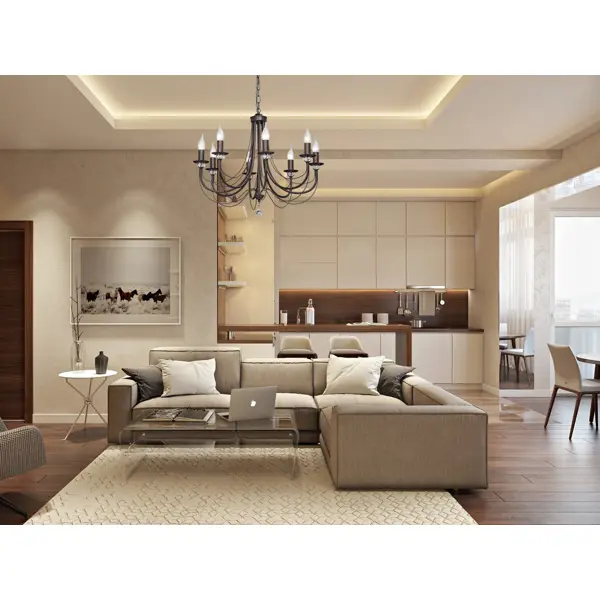
Conclusion
Overall, interior lights play a crucial role in enhancing the ambiance and functionality of a space. They provide both practical and aesthetic benefits, allowing individuals to see and navigate their surroundings while also creating a pleasant and inviting atmosphere. Whether it is in a residential, commercial, or industrial setting, interior lights are essential for ensuring safety, comfort, and productivity.
One of the key advantages of interior lights is their ability to improve visibility. By illuminating a space, they enable individuals to perform tasks with ease and accuracy.
In addition to their practical benefits, indoor lighting also have a significant impact on the overall aesthetics of a space. Different types of lighting fixtures, such as chandeliers, pendant lights, or recessed lights, can create various moods and atmospheres. Warm, soft lighting can create a cozy and intimate ambiance, while bright, cool lighting can make a space feel more energetic and vibrant. By choosing the right combination of lighting fixtures and bulbs, individuals can transform a room and create a desired atmosphere that suits their preferences and needs.



